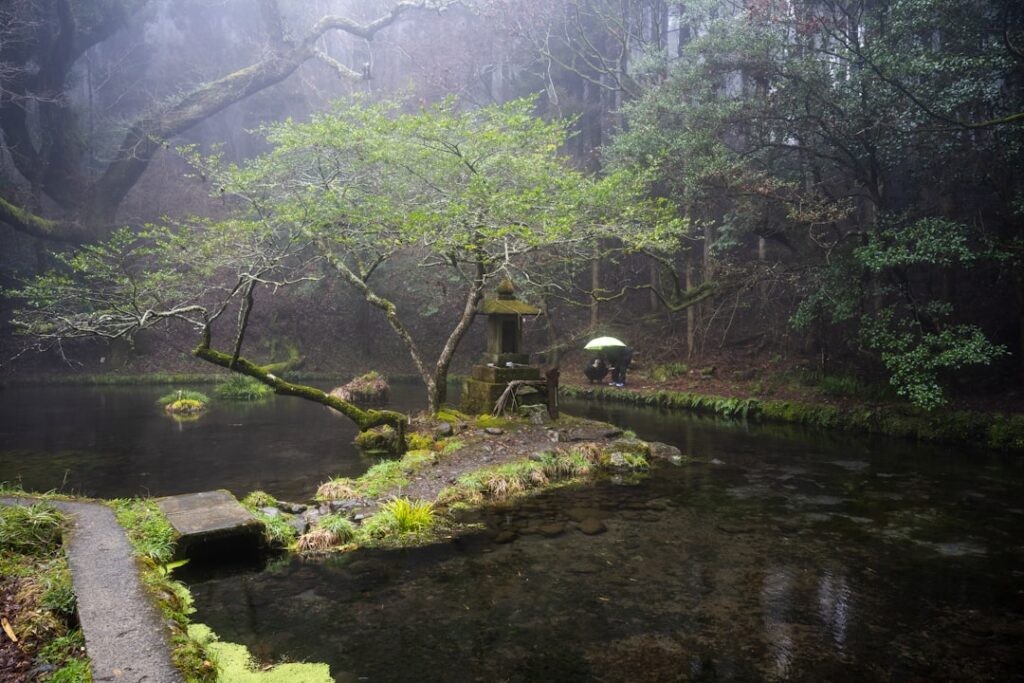Dreaming of an escape where untouched nature meets unparalleled comfort? Japan’s forest glamping movement offers the ultimate blend of rural beauty and luxury. Venture deep into the satoyama heartlands and discover hidden retreats, immersive activities, and authentic cultural experiences known only to locals. Whether you seek secluded trails, gourmet countryside cuisine, or an exquisite night beneath the stars, this is how to experience Japan’s wildest sophistication.
The Forest Glamping Boom: Satoyama’s Rural Renaissance
Far from the neon lights of Tokyo, forest glamping is rapidly transforming rural Japan. Especially in the satoyama – the mosaics of woodland and farmland at the edge of inhabited areas – a new generation of eco-conscious and design-driven campsites welcomes travelers seeking more than typical sightseeing. Unlike conventional camping, these glamping sites offer fully furnished tents, open-air hot tubs, curated nature walks, and regional culinary delights. Their popularity grew post-pandemic, as city dwellers craved the tranquility and space found only in remote landscapes. Now, international visitors are quickly catching on, journeying to places where time seems to pause beneath whispering pines and the calls of wild birds.
Showcase: Unique Glamping Retreats and Local Experiences
Let’s go beyond the familiar – Japan’s most captivating forest glamping spots often hide in plain sight. In Nagano, HOSHINOYA Karuizawa seamlessly anchors luxury tents amid misty birch groves, offering early-morning birdwatching tours and firefly viewing in summer. Deep in Wakayama’s sacred Kii Peninsula, GRAX Premium Camp Resort fuses sleek Scandinavian domes with traditional Japanese bathing under cedar canopies. Meanwhile, Shizuoka’s Glamping Villa Hanz Kawane is loved by locals for its riverside barbecue experiences and tea ceremony workshops using locally harvested leaves. Each destination harnesses its distinct rural culture and landscape – think bamboo crafting lessons, wild herb foraging, and evening bonfires fueled by native chestnut wood.
Savoring the Seasons: Nature, Cuisine & Cultural Immersion
What sets forest glamping in Japan apart is the total immersion in nature’s cycle — cherry blossoms in spring, dense green canopies and fireflies in summer, fiery leaves in autumn, and silent snowscapes in winter. Many retreats partner with local chefs and farmers: imagine private dining under lantern-lit oaks, gourmet meals starring wild mushrooms, river-caught ayu (sweetfish), or homegrown wasabi. But it’s not just about food: guests might join satoyama harvests, participate in mochi pounding ceremonies, or even try their hand at indigo dyeing. Each stay becomes a portal to age-old rural rhythms, fostering connections between visitor and landscape.
Hidden Trails & Secret Spots: Forest Adventures Only Locals Know
Step off the marked path for a true insider experience – local hosts often reveal ancient deer trails, mossy waterfalls, and panoramic viewpoints untouched by mainstream tourism. For example, in Gifu’s Higashi-Shirakawa, a short dawn hike may lead you to the mesmerizing Hossawa Falls, framed by ferns and silence. In the forests of Yamanashi, ask about the “Kitsune no Michi” (Fox’s Path), a secret ridgeway where villagers tell stories of yokai spirits. At many glamping sites, nature guides – sometimes even retired foresters – offer personalized routes for forest bathing (shinrin-yoku) or foraging rare mountain vegetables. These excursions bring you deep into rural lore, blending adventure with gentle awe.
When & How to Go: Trends, Seasons, and Booking Tips
Forest glamping’s future in Japan looks ever more creative: expect innovations in eco-friendly design, zero-waste dining, and hyper-local experiences. The best time to visit? Spring (late March to May) dazzles with blossoms and fresh greens, while autumn (October to mid-November) offers breathtaking foliage and crisp, clear air. Booking in advance is essential — many sought-after sites open reservations three to six months ahead. Check if holiday packages include guided walks, local meal plans, and cultural events. Finally, embrace the slow pace: unplug, listen to the forest, and let Japan’s deep nature work its quiet magic.








